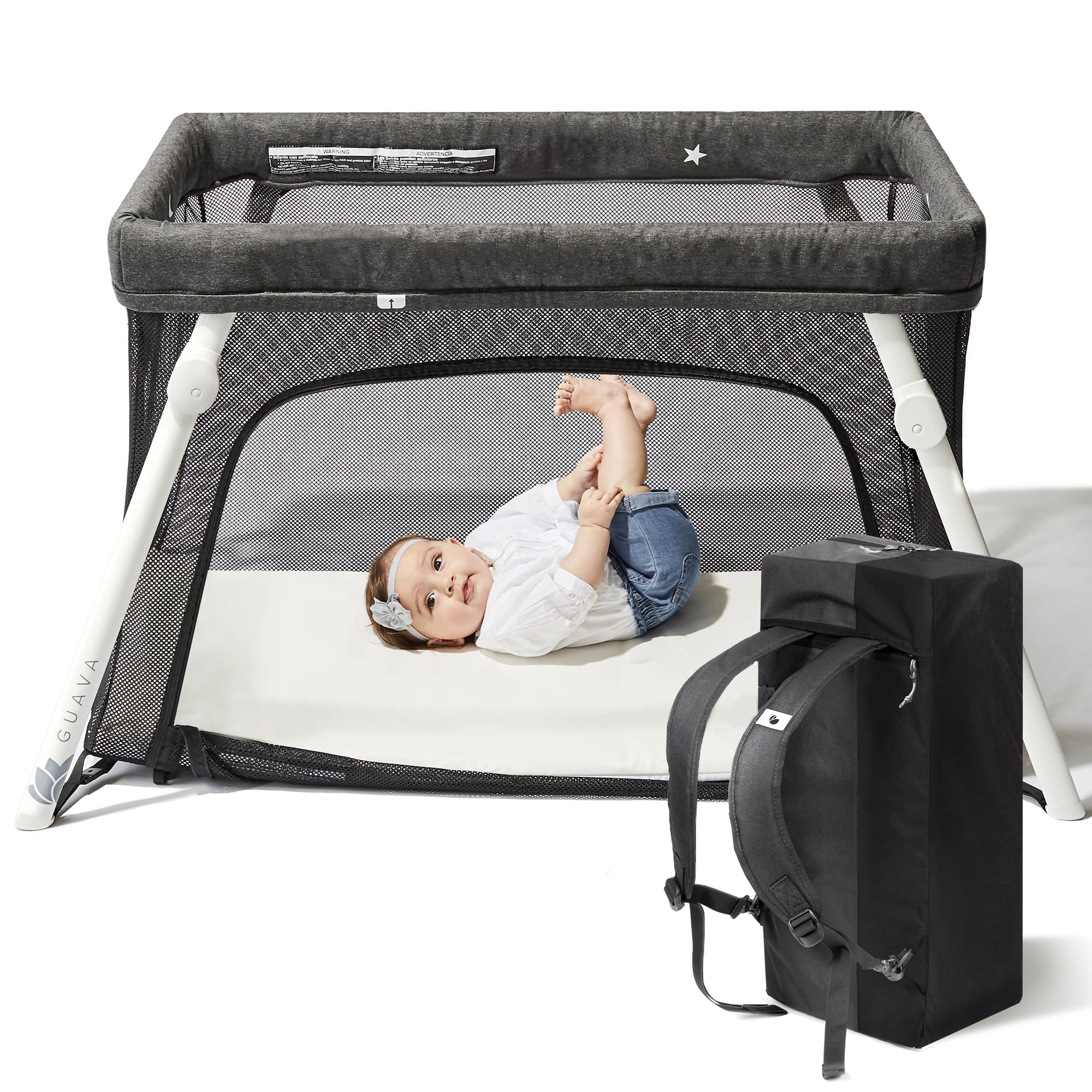Introduction: The Challenge of Getting Baby to Sleep
Welcoming a newborn into the family is a joyous occasion, but it often comes with the challenge of getting the baby to sleep peacefully in their crib. Many parents struggle with bedtime battles, restless nights, and endless rocking sessions in an effort to soothe their little one to sleep. However, with the right strategies and techniques, mastering the art of getting baby to sleep in a crib is entirely achievable.
Understanding Baby Sleep Patterns: Key Insights for Parents
Before diving into sleep training methods, it’s essential for parents to understand the natural sleep patterns of infants. Newborns have shorter sleep cycles compared to adults, typically lasting around 50-60 minutes. Additionally, babies spend more time in REM (rapid eye movement) sleep, which is lighter and more easily disrupted. By familiarizing themselves with these sleep patterns, parents can set realistic expectations and develop effective sleep strategies for their baby.

Creating a Calming Bedtime Routine: Setting the Stage for Sleep
Establishing a consistent bedtime routine is crucial for signaling to your baby that it’s time to wind down and prepare for sleep. This routine can include soothing activities such as a warm bath, gentle massage, quiet storytime, or lullabies. By following the same sequence of calming activities each night, babies learn to associate these cues with sleep, making it easier for them to relax and drift off into slumber in their crib.
Choosing the Right Crib and Mattress: Creating a Safe Sleep Environment
The crib and mattress play a significant role in ensuring a safe and comfortable sleep environment for your baby. Opt for a crib that meets safety standards, with slats spaced no more than 2-3 inches apart to prevent trapping or entanglement. Additionally, choose a firm mattress that fits snugly within the crib frame, as soft bedding increases the risk of suffocation or Sudden Infant Death Syndrome (SIDS). By prioritizing safety in crib selection, parents can rest assured knowing their baby is sleeping soundly.

Many parents initially opt for co-sleeping as a way to facilitate nighttime feedings and provide comfort to their baby. However, transitioning from co-sleeping to the crib is an important step in promoting independent sleep habits and ensuring the safety of the infant. To ease this transition, gradually introduce the crib as a sleep space during naps or bedtime routines, gradually increasing the duration of crib sleep over time. Consistency and patience are key during this adjustment period, as babies may initially resist the change.
Implementing Gentle Sleep Training Techniques: Finding What Works
When it comes to sleep training, there is no one-size-fits-all approach, and it’s essential to find a method that aligns with your parenting philosophy and your baby’s temperament. Gentle sleep training techniques, such as the “pick-up, put-down” method or the “fading” method, focus on gradually reducing parental intervention and helping babies learn to self-soothe in their crib. By responding to your baby’s cues with empathy and consistency, you can gradually teach them to fall asleep independently and stay asleep longer stretches in their crib.
Addressing Common Sleep Challenges: Troubleshooting Tips for Parents
Despite your best efforts, you may encounter common sleep challenges along the way, such as frequent night waking, difficulty settling, or early morning awakenings. In such cases, it’s essential to troubleshoot potential causes, such as hunger, discomfort, or overstimulation, and adjust your sleep strategies accordingly. Additionally, seek support from healthcare professionals or sleep consultants who can provide personalized guidance and solutions based on your baby’s unique needs.
Nurturing Healthy Sleep Habits: Setting the Foundation for a Lifetime
As your baby grows and develops, continue to prioritize healthy sleep habits that support their physical and emotional well-being. This includes maintaining a consistent sleep schedule, creating a conducive sleep environment, and fostering positive associations with bedtime and the crib. By instilling these habits early on, you’re laying the foundation for a lifetime of restful sleep and promoting optimal growth and development for your child.

Exploring Advanced Sleep Techniques: Refining Your Approach
As you continue your journey towards mastering the art of getting your baby to sleep in a crib, you may find yourself seeking more advanced techniques to further refine your approach. Here, we delve into some advanced strategies that can help optimize your baby’s sleep experience and promote greater consistency and efficiency in their crib sleep routine.
1. Progressive Independence Training: Gradually Increasing Self-Soothing Skills
Progressive independence training builds upon the principles of gentle sleep training by systematically increasing your baby’s ability to self-soothe and fall asleep independently. This method involves gradually reducing parental intervention during bedtime and nighttime awakenings, allowing your baby to develop confidence and autonomy in settling themselves to sleep. Start by extending the time between comforting gestures, such as patting or shushing, and gradually phase them out as your baby becomes more adept at self-soothing.
2. Responsive Sleep Cues: Fine-Tuning Your Communication with Baby
Understanding your baby’s cues and responding to them promptly and effectively can significantly enhance their sleep experience. Pay close attention to subtle signals indicating tiredness or overstimulation, such as eye rubbing, yawning, or fussiness, and adjust your bedtime routine accordingly. By preemptively addressing your baby’s needs and providing timely comfort and reassurance, you can prevent sleep disruptions and promote smoother transitions to sleep in the crib.

3. Optimizing Sleep Environment: Enhancing Comfort and Security
Creating an optimal sleep environment goes beyond selecting a safe crib and mattress – it encompasses factors such as temperature, lighting, and noise levels that can influence your baby’s sleep quality. Maintain a comfortable room temperature between 68-72°F (20-22°C), ensure adequate airflow, and minimize exposure to excessive light and noise disturbances. Consider using white noise machines or soothing music to drown out disruptive sounds and create a calming atmosphere conducive to sleep.
Celebrating Milestones: Embracing Progress and Adaptation
Finally, remember to celebrate the milestones along the way, whether it’s your baby sleeping through the night for the first time or successfully transitioning to a toddler bed. Each step forward represents progress and adaptation, both for your baby and for you as parents. Embrace these moments of growth with joy and gratitude, knowing that you’re nurturing a healthy sleep foundation that will benefit your child for years to come.

Conclusion: Embracing the Journey to Sweet Dreams
Mastering the art of getting baby to sleep in a crib is a journey filled with challenges, triumphs, and countless precious moments. By understanding your baby’s unique sleep needs, creating a nurturing sleep environment, and implementing gentle and consistent sleep strategies, you can help your little one enjoy sweet dreams in their crib. With patience, perseverance, and plenty of love, you’ll navigate this journey together, cherishing each step along the way. Sweet dreams await – for both you and your baby.
